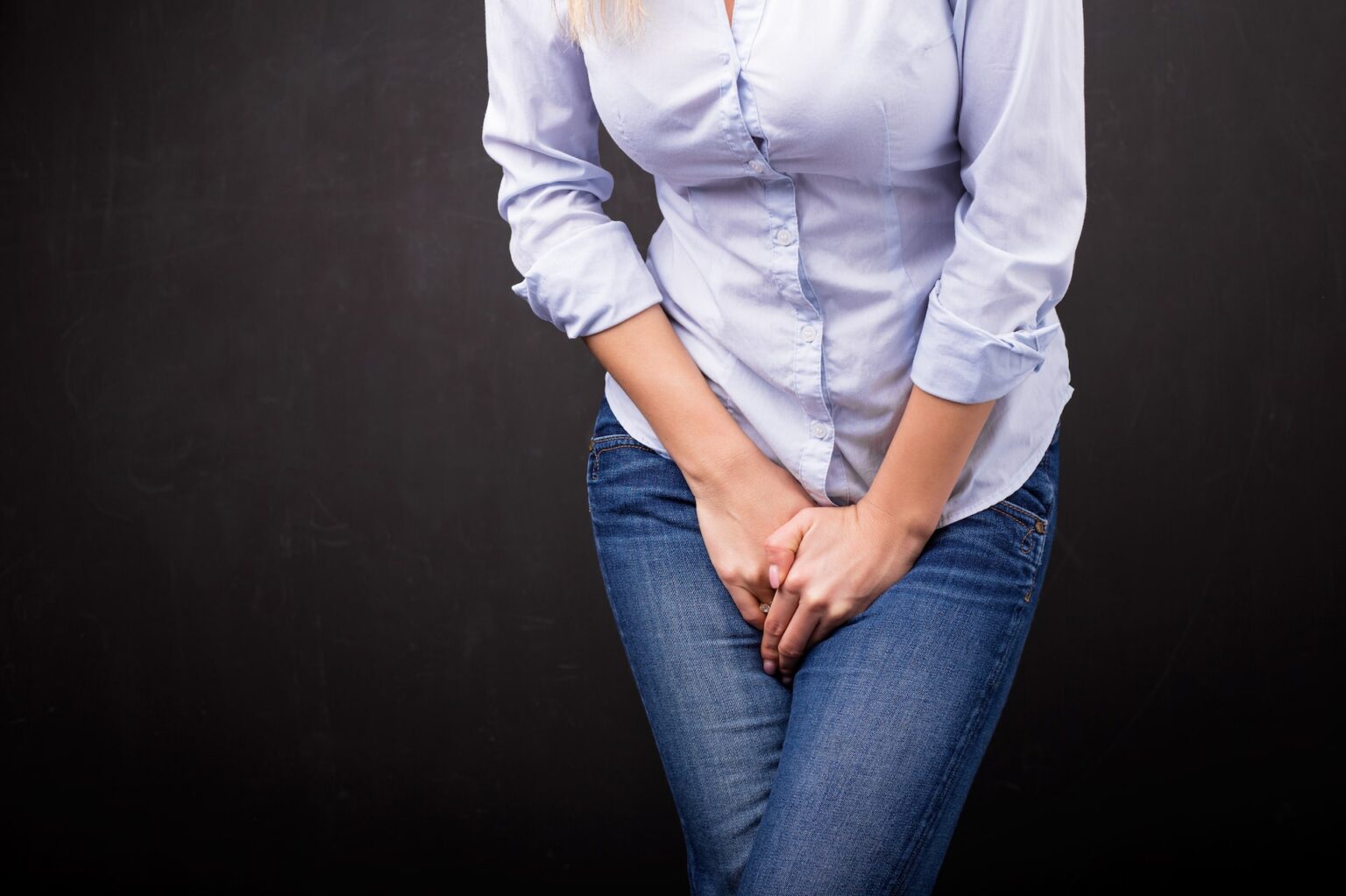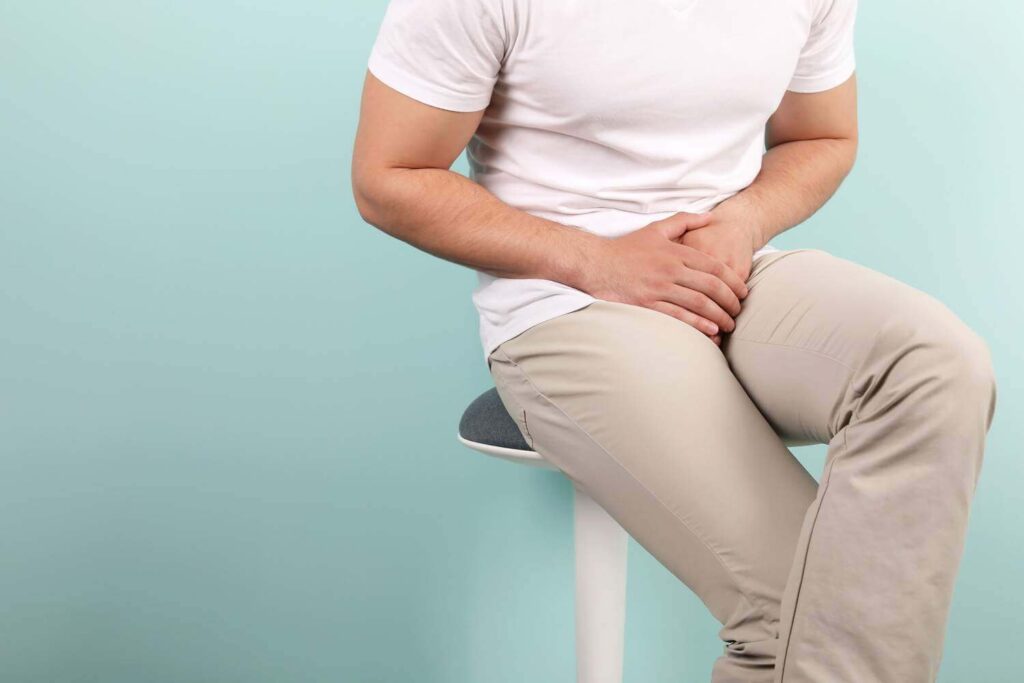
Don’t suffer in Silence: incontinence is not a disease
Urinary incontinence (incontinence) is the involuntary flow of urine that cannot be controlled by effort. Pathology is found all around the globe. Data on the prevalence of urine incontinence are conflicting, which may be attributed to variances in the populations investigated as well as the fact that only a tiny number of individuals suffering from different kinds of urinary incontinence seek medical attention.
According to statistics, around 20% of the world’s population suffers from urine incontinence in some form or another. According to several urological research, urine incontinence affects 12-70 percent of children and 15-40 percent of adults. In both men and women, the prevalence of urine incontinence rises with age. Women are more likely than males to have incontinence while they are under the age of forty. Because of age-related changes in the prostate, the percentage of males in the older age group rises.
Urinary incontinence significantly reduces patients’ quality of life and contributes to the development of psycho-emotional illnesses as well as professional, social, familial, and domestic maladaptation. Urinary incontinence is not a separate illness but rather a symptom of a variety of degenerative processes. The method of treating urinary incontinence should be established while keeping the underlying condition in mind.

Types of Urinary Incontinence
To begin, examine the regular urinating process. The kidneys create urine, which enters the bladder, collects, and expands its walls. During bladder filling, the detrusor (a muscle that excretes pee) is relaxed. At a particular pressure, receptors in the bladder wall are activated. There is a strong need to urinate. The detrusor muscle contracts and the bladder sphincter relaxes. When the pressure in the detrusor surpasses the pressure in the urethra, urination occurs. Normal urination is controlled by tensing and releasing the sphincter and pelvic floor muscles.
Stress Urinary Incontinence
Urinary incontinence caused by stress occurs when a disease is accompanied by an increase in intra-abdominal pressure (intense physical activity, coughing, laughter). There is no strong need to urinate.
Stress urine incontinence is caused by a weakening of the pelvic floor and a decrease in the collagen content of the pelvic ligaments. A drop in collagen levels is innate. However, it is more common in menopausal and postmenopausal women due to a loss of estrogen.
Women who smoke are more likely to get stress incontinence. Smoking decreases the amount of vitamin C in the body. Because vitamin C deficiency reduces the strength of collagen structures, some experts think that it is also the cause of stress urinary incontinence in women who smoke.
The development of excessive mobility of the bladder neck or failure of the bladder press is one of the reasons for stress urinary incontinence (sphincter). In some cases, the neck is stretched or dislocated. The sphincter is unable to contract completely. Urinary incontinence is caused by a loss of resistance combined with a rise in intra-abdominal pressure.
In certain situations, direct sphincter injury is the source of stress urinary incontinence (with a fracture of the pelvic bones, damage to the external sphincter in men during prostate surgery, etc.).

Urgent Urinary Incontinence
Urgent incontinence is also known as urinary incontinence, and it happens when there is an urgent (imperative) need to pee. The patient has an urgent desire to pee and cannot even postpone urinating for a short length of time. The desire is not as strong or moderate in certain urgent urine incontinence situations.
In children under the age of 2-3 years, detrusor tension during the filling phase (bladder overactivity) is typical. The tone of the detrusor then shifts. However, 10-15% of individuals experience an overactive bladder at some point in their life. When the pressure in the bladder surpasses the pressure in the urethra, urinary incontinence ensues.
An overactive bladder may arise as a result of pathogenic processes in the central and peripheral nervous systems. External stimuli might function as a triggering component in urge incontinence (nervous excitement, drinking alcoholic beverages, the sound of running water, leaving a warm room in the cold). The importance of urination control in some cases becomes the reason for the neurotic “binding” of urgent urinary incontinence to certain events (for example, appearance in public).
Incontinence Pads & Briefs – The Most Faithful Helpers
Incontinence pads and incontinence briefs are the best solutions for urinary incontinence patients. Incontinence briefs are modeled after ordinary underwear. Most often, they are made from organic cotton with the addition of elastane. The absorbent pad is placed where it is most needed, i.e., in the crotch area. Since these briefs fit tightly to the body, the absorbent insert does not move during movements and daily activities.

All models have side seams. It is quite simple to put them on and take them off. They are a more comfortable solution than adult diapers for these reasons. The following are the most significant properties of absorbent underwear:
- modern and discreet appearance;
- invisibility under clothing;
- adaptation to the shape of the body, subject to choosing the right size;
- convenience for active people.
Proper sizing allows wearers of adult absorbent briefs to feel comfortable without the fear of piss leaking. Before buying them, you must measure the circumference of the hips. Based on this, choose a size – from XS to XL.
Proper fit is important because when products are too large, they do not fit snugly against the body. This negatively affects comfort and can cause urine leakage. If too small, they are uncomfortable to wear and will not provide sufficient protection either.
Yes, absorbent briefs and incontinence pads for adults are a daily must to help you feel clean, fresh, dry, and control odors all the time.
If you have an incontinence problem, you should avoid alcohol, cigarettes, caffeine, carbonated drinks, and sweeteners, which can increase the need to urinate. For some people, citrus fruits, spices, or chocolate can have the same effect. Urinary incontinence is a discomfort for any person. But with the right approach, you can get rid of it and feel confident and comfortable.



